Go/No Go? Simple question powerful results?
3 min readI was thinking about the process of building a solution and it occurred to me that in many ways, each stage of developing a product or project is a simple Go/No Go question.
It doesn’t matter how complex or simple it is to reach the Go/No Go question, the fact still remains that all we want to know is if we should stop or continue. Let’s look at an example.
Imagine I have an idea for a fantastic new website that tells you how many weeks it’s been since your last run and prods you to go running. (I didn’t say it was a good example!)
At first it’s just an idea, but already I’m at my first Go/No Go gate. Is the idea worth spending some time on? At this stage I might just mull it over for a bit. But in the end I’ll either decide it’s worth looking into further or it’s a rubbish idea.
Assuming I said it was a Go. The next phase might be to do a quick hack to see if it’s interesting or so I can share it with some people. Once I’ve done this I’m again faced with the same question. Go/No Go.
Now we have an idea that’s made it though at least two gates perhaps I’d like to think about how it might become a proper product. So my next move might be to do a Lean Canvas, where I outline the business model. Again the purpose of this is to get to a Go/No Go gate.
Eventually I’ll start doing development on the product. I might even identify a MVP (minimum viable product), but again I just want to get it up online so I can get to another Go/No Go gate.
Finally, making one last leap of assumption, my product is successful and I want to build some new features. Again for each feature we can use the Go/No Go cycle.
This can go on indefinitely but the point is by using on the Go/No Go question I’m focusing on what I need to know to make that decision. Also, as it’s a choice that means I could throw away what I have done so far, it makes sense to work in smaller chunks. So there is less waste if I do hit a No Go.
What happens if we do hit a No Go? Well if it’s a product/project in development then it means just that. We’ve hit a point where there is no value in continuing. Do we want to launch something that has no or negative value? If the product/project launched and is delivering value then the No Go is only for the feature(s) about to be added. Again do we want to launch features without value?
What might happen if we can’t make such a binary decision? I’d suggest in that instance we need more data. Perhaps conduct an experiment or experiments to test the hypothesis. Whatever happens, in the end we’ll get to a Go/No Go choice.
The key to the Go/No Go approach is to ensure we eliminate the waste in getting to the Go/No Go gate. Take only the steps that allow us to make that decision, whether that be some thinking time, a napkin sketch or an iteration of development. Also that if we deliver value as early as possible in the process we minimise the risk of major waste.

